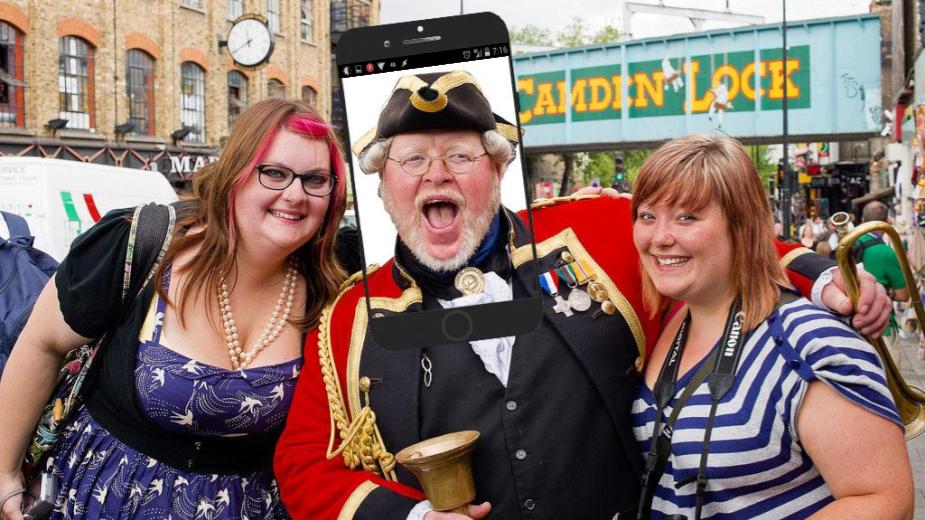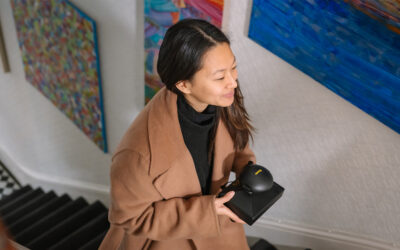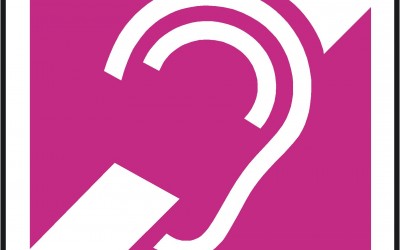Put your hand up if you don’t have a mobile phone?
-assumes barely anyone raises their hands-
That’s what I thought.
Around 95% of adults in the UK have a mobile device in their pocket right now. Society has embraced this advance in technology, with many of us feeling dazed and confused if we find ourselves sans Samsung (or whichever is your brand). It’s strange to think that, in just a couple of decades, mobile devices have become indispensable and have forever changed the way we communicate.
In many ways, mobile devices have become the Town Criers of the 21st Century, allowing us to keep our fingers on the pulse with our devices in our pockets. If a friend or loved one wants to get hold of us, we get a call, text or email. We get notifications when people interact with us on social media and we can get RSS feeds so that we don’t miss the breaking headlines as they happen, whatever our interests may be.
And boy, don’t we love it? We’ve all been there, at work or out with friends, and we feel a little buzz in our pocket or we see a notification pop up on our device’s screen. We just can’t resist taking a look to see what’s happening in the world. In fact, I’d go so far as to suggest that we would probably all react faster to receiving a text message than we would to, say, a fire alarm going off.
“Don’t be silly, Pete,” I hear you say “People always react to a fire alarm . . .”
Do they?
Studies have shown that people can be very lax when it comes to fire alarms. So what if you could notify people in your building, en masse, when a fire alarm is triggered by sending them a text message? What if all the tenants in your building had that extra measure? What if fire wardens, contractors, members of the local council or fire brigade, or the company managing your premises all received a text message when a fire alarm was set off?
Fireco has a great product called DMS which is, to my mind, the dark horse in our product stable. DMS was originally conceived by one of our Field Service Technicians, Chris Mitchell, as a cost effective alternative to pager systems. Instead of making deaf people ask for a pager, which they often hate doing, we decided to use what’s already in their pocket: a mobile phone. We wanted to offer a system that didn’t require customers to be constantly managing pagers. More importantly, we wanted to offer something that used modern technology and that wasn’t limited by range.
So we set about developing and supplying DMS, even recently redeveloping the product to offer a more robust service. And the more DMS we installed, the more alternative uses our customers found for it. One customer has a DMS that monitors for faults on an air conditioning system. We’ve helped customers notify staff using a staged alarm process to get the most out of their ‘investigation window’. We even have a university that uses it to notify students living in halls of residence, who sit in their rooms with headphones on, slowly reacting to a fire alarm. But you see how quickly they whip their phone out when they get a text! We’ve rolled DMS out at various university campuses across the UK, as well as colleges, schools, hospitals and hotels.
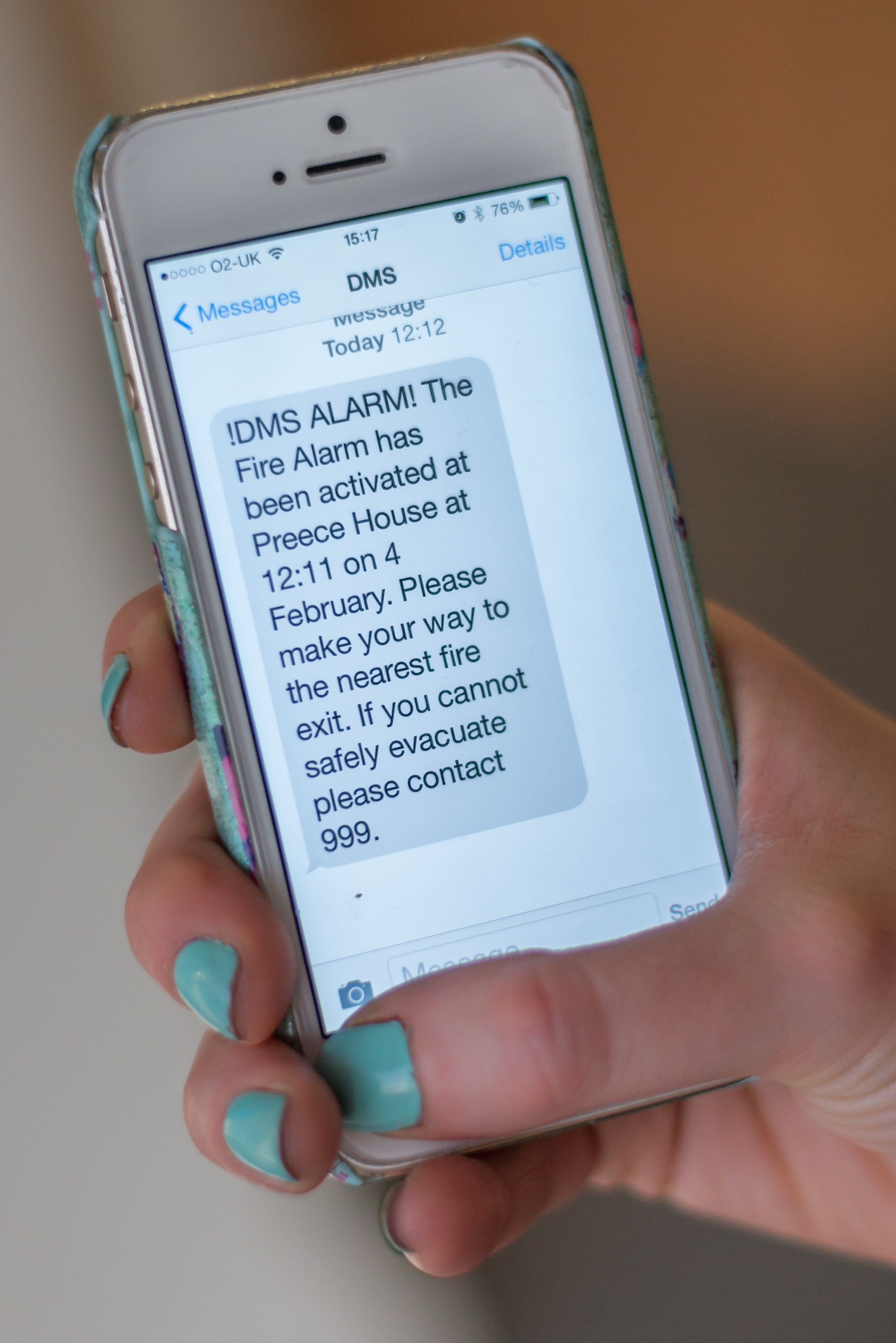
Our little DMS box is truly unrivalled in its capacity. You can notify an unlimited number of users of an event, such as a fire alarm, within seconds of it occurring. But there is still much more that can be done with it. If you or your company are responsible for life safety services or for evacuating occupants of a premises, or if you have a large building with lots of people in it, we can help you take extra steps to make sure the message from your fire alarm gets to where it needs to go.
Let’s face it, if the fire alarm is going off in your building, chances are, people are going to tweet about it anyway. They’re going to make the most of the 21st century town criers. Why shouldn’t you?
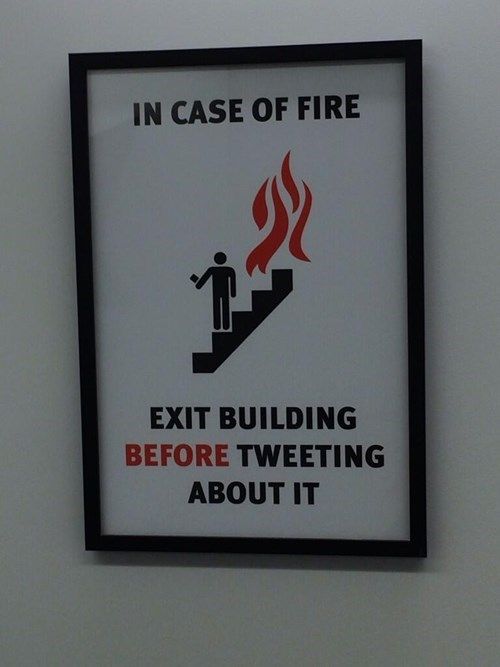
You might also like
Deafgard: The Alarm for the Deaf and Hard of Hearing
Guest safety is paramount in hospitality. Fireco’s Deafgard ensures deaf and hard of hearing individuals are protected during emergencies. This portable, compliant device offers peace of mind for both guests and hotel operators, enhancing modern safety standards.
Are universities deaf to students’ needs?
In 2016, UCAS registered 507,108 university applicants. Statistically speaking, 1 in 6 of these applicants will have a hearing impairment. That’s a staggering 84,518 students.

